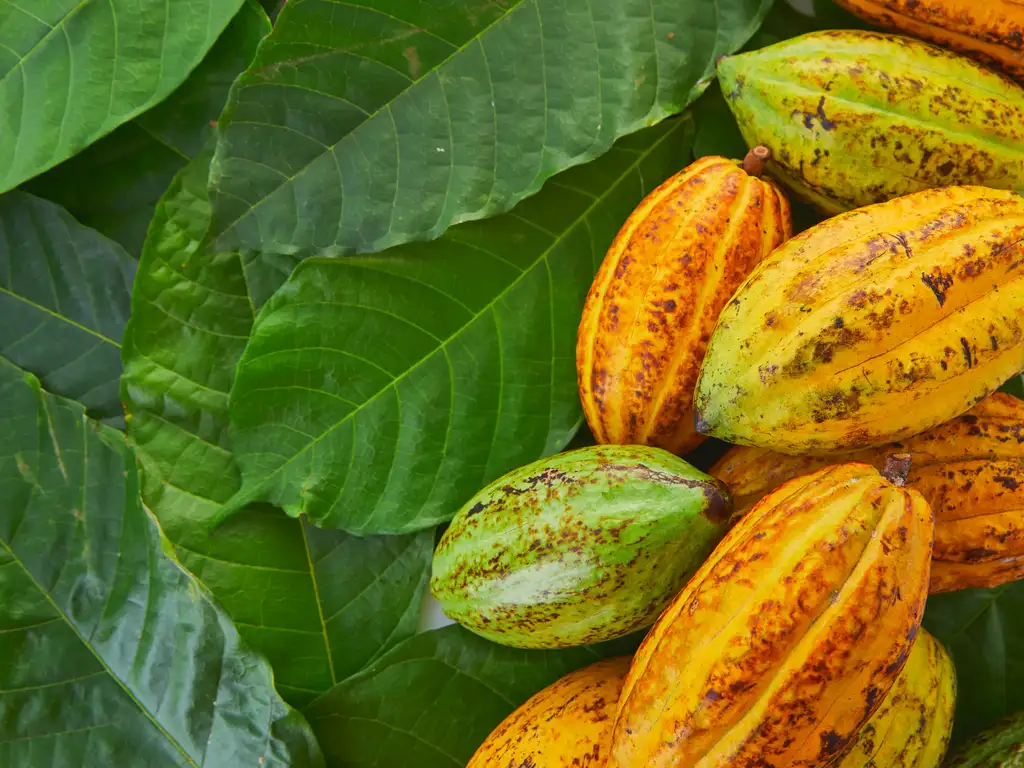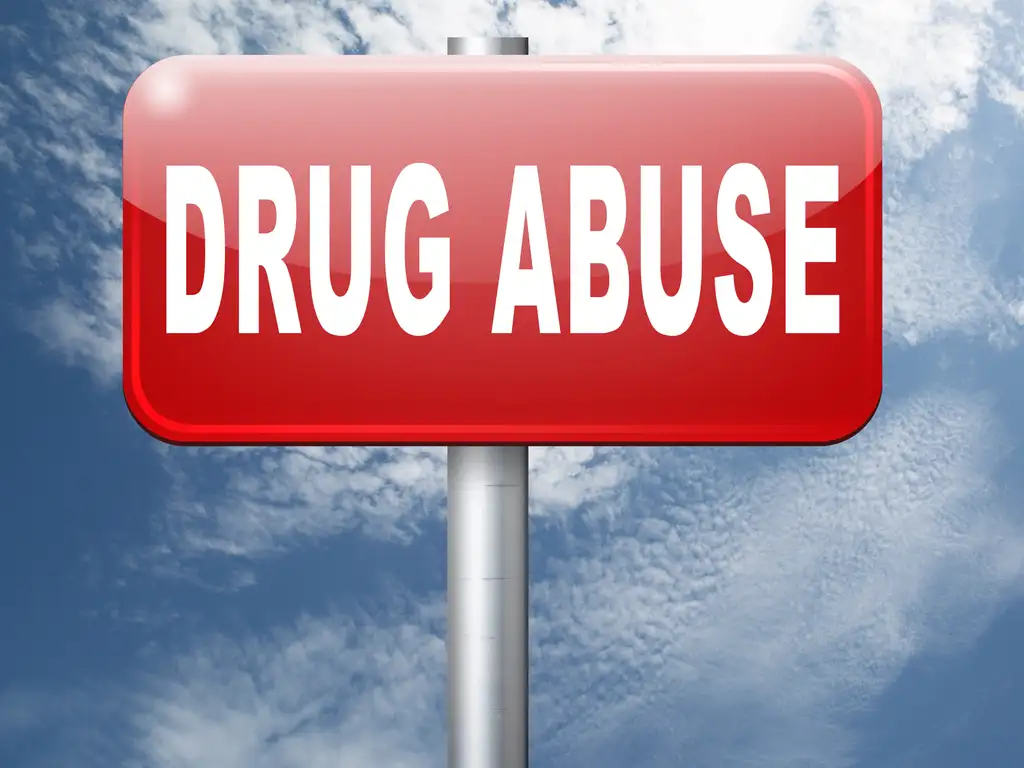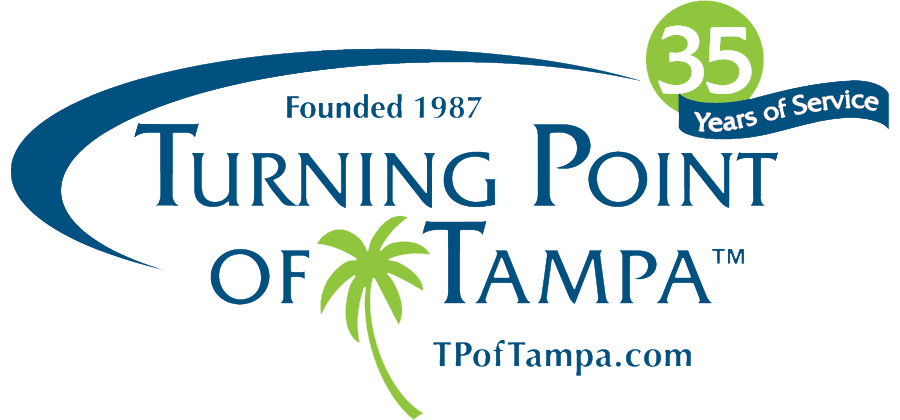We know that cocaine is an illegal drug, but do you know that this illegal drug will have someone get involved in risky behaviors they never would have conceived unless under the influence. Many will mix cocaine with alcohol and/or other drugs.
This blog will describe how someone under the influence of cocaine use and or cocaine addiction behaves. We will discuss the physical signs as well as how to find professional help and/or treatment options.
What is Cocaine?
Cocaine is derived from the coca plant, which is native to South America. The first use of the leaves can be traced to ancient cultures in South America where the plant thrives. The Native peoples there discovered that chewing the leaves gave them energy and stamina. Since agriculture may have begun in that region as far back as 8,000 years ago, it is reasonable to assume the stimulant properties of the coca leaves were discovered soon thereafter.
Pure cocaine is a stimulant that acts directly on the Central Nervous System (CNS). As sold on the street, cocaine looks the same as baking soda or talcum powder, and dealers do in fact frequently mix it with these substances to increase their profits. Or, they may add other drugs such as the stimulant amphetamine, to make it appear to be more potent.
Adding synthetic opioids such as fentanyl is another method; synthetic opioids like fentanyl are cheaper than pure cocaine. Today, dealing drugs is all about the money, and individuals have no way to determine exactly what they are buying. This makes abusing cocaine and cocaine addiction extremely dangerous. It is thought that the increasing numbers of overdose deaths among recreational cocaine users is related to this type of altered cocaine.
An Illicit Drug
In the late 1800’s, cocaine was easily accessible to the general public. Cocaine and opium were available, over the counter at your local drugstore. By 1903, consumption of these substances had grown to epidemic levels. Cocaine abuse as well as addiction began to affect many areas of society. In 1914, Congress was forced to pass the Harrison Narcotics Tax Act, which required a doctors order for cocaine or opium to be dispensed.
Then in the late 1970’s, there was a resurgence in cocaine abuse. The expensive drug was alluring to some and it was thought to be “safer” than alcohol. At first, due to the expensive nature of powdered cocaine, recreational use was isolated in the upper classes of society. However, steep decreases in the price of powdered cocaine (due to the aforementioned cheaper additives) and the introduction of crack cocaine, the illicit market expanded into poor urban neighborhoods, as well.
Drug Abuse
Drug abuse is one of the most serious and damaging epidemics we face as a nation today. Cocaine addiction has skyrocketed, ever since crack cocaine was first introduced in the early 1980’s. Causing just over 21 deaths per 100,000 people, today, drug overdose beats out diabetes as a leading cause of death in the United States in 2021.
There is no other way to use cocaine except to abuse cocaine, and therefore addiction can be a hopeless state of mind and body. If you, a friend or a loved one are having issues with cocaine, or are abusing other substances, please seek treatment.
Physical and Psychological Dependence
Of course, the most addictive form of cocaine is crack cocaine. This is because crack is absorbed in the body very rapidly in the lungs, which makes the high very intense, but short lived. Users have reported becoming addicted to smoking cocaine the first time they do it. For some, it is as if they ring the bell the on the carnival strongman game on the first try; however, they are only able to ring that bell once. Thereafter, users sometimes spend all their resources, and occasionally their lives, trying to ring that bell again.
After nearly 20 years of study on the addictive effects of cocaine use, the National Library of Medicine tell us that:
Cocaine produces its psychoactive and addictive effects primarily by acting on the brain’s limbic system, [which are] a set of interconnected regions that regulate pleasure and motivation. An initial, short-term effect—a buildup of the neurochemical dopamine—gives rise to euphoria and a desire to take the drug again. Researchers are seeking to understand how cocaine’s many longer term effects produce addiction’s persistent cravings and risk of relapse. …
Science does not yet have a definitive answer as to why cocaine addiction can cause addicts to go to any length to get the drug, but most addicts understand and seek higher doses in hopes to recreate the euphoric first feeling.
Physical Symptoms
Regarding cocaine use, the comedian George Carlin famously said, “cocaine makes you a new man, and that new man wants more cocaine!” And that right there is the answer. Cocaine is a stimulant that causes people to feel increased energy, in control and sometimes indestructible, as well as delusional. An extreme example of this is the character of Tony Montana in the movie “Scarface”.
Cocaine abuse can cause changes to occur in the brain’s ability to reason. Research with animals has shown that cocaine use diminishes functioning in the area of the brain called the orbitofrontal cortex (OFC), which is the area of the brain involved in making decisions. This can partially explain why people who are addicted to cocaine exhibit poor decision-making and an inability to comprehend the negative consequences of their addiction.
Cocaine Withdrawal
Most people who abuse cocaine long term are going build up a tolerance to the drug, which means they are more and more likely to experience extreme negative effects of withdrawal. The signs of cocaine abuse and cocaine withdrawal include depression, dilated pupils, contracted blood vessels, which in turn can contribute to high blood pressure, and even heart attacks or stroke.
How is Cocaine Used?
Inhaling, or snorting cocaine, is the most common way that cocaine is consumed, followed closely by smoking. Lastly, cocaine can be injected. However it is consumed, cocaine abuse causes severe damage to many areas of the body. Chronic cocaine addiction and abuse can also have a negative impact on the addict’s behavior.
Signs of Cocaine Use
Cocaine addiction and abuse affects an individual on all levels:
Physical Symptoms:
Inhaling cocaine causes damage to the nasal passages and can induce a heart attack in those who may be susceptible. The risk increases for those who already have high blood pressure where abusing cocaine can do damage to kidneys and blood vessels. If injected, addicts run the risk of becoming infected with Hepatitis C from a dirty needle, as well as collapsed veins. Another risk individuals run today is sudden death from cocaine that contains fentanyl.
Mental Symptoms:
Long term chronic cocaine abuse causes addicts to become paranoid. Addicts may also become irritable and may exhibit violent behavior due to mood swings. Sometimes addiction can cover and worsen or obscure mental illness, or mental disorders, such as depression, anxiety.
Financial Symptoms:
Chronic cocaine addiction and abuse can lead to severe financial problems, legal problems and even prison. Cocaine use and abuse makes people do things they would not normally do. Such as stealing from friends, family members and even their employers. Even drug dealers know not to use their own product for this very reason!
Speaking of legal problems – Did you know that you can be charged with trafficking drugs in the state of Florida if you are caught carrying less that an ounce (28 grams) of cocaine? And that being found guilty of drug trafficking in Florida carries a minimum prison sentence of three years?
Withdrawal Symptoms of Cocaine Addiction
Drug cravings and withdrawal symptoms begin when the cocaine high starts to wear off, which can happen rather quickly, depending on the purity of the drug. Signs of cocaine withdrawal include mood swings, anxiety, depression, decreased energy and fatigue, irritability and lack of sleep.
Most cocaine addicts are aware that stopping or cutting back on their drug use will have this effect and some will go to any lengths to avoid experiencing painful and debilitating withdrawal symptoms.
Questions to Ask Yourself if You Have a Cocaine Addiction
- If you are addicted to cocaine, have you started spending time with the wrong crowd?
- Have you cheated or stolen from anyone to get high?
- Do you experience remorse following a binge pattern?
- Is using cocaine making your home life unhappy?
- Have you lost your job because of cocaine?
- Have you ever used more than you planned?
- Do you use whatever supply you have, until it’s completely gone?
If you are using cocaine on a regular basis, you may want to take some time and consider these questions seriously. Also, if these questions concern you, there is a self test on the Cocaine Anonymous website, where you can find the entire list.
Turning Point of Tampa Understands Cocaine Addiction
Turning Point of Tampa offers a full continuum of care with Inpatient Detox for alcohol and drug addiction, Residential Treatment, Day Treatment, and Intensive Outpatient Treatment and ; as well as treatment for eating disorders and dual diagnosis.
The medical Team at Turning Point of Tampa consists of:
Hardeep Singh, MD, FASAM, Medical Director – Dr. Hardeep Singh received his medical degree from King George’s Medical College and has been in practice for more than 30 years. Dr. Singh was recently named Top Doctor in Addiction Medicine by Tampa Magazine in 2023, which was the fifth time he received that honor.
Ryan Estevez, MD, PHD, MPH, FASAM, Director of Psychiatric Services – Dr Estevez has earned several advanced degrees in health and behavioral sciences. They include a bachelor’s degree in psychology, and master’s degrees in both social psychology & public health. Dr. Estevez has also been named Top Doctor in Addiction Medicine by Tampa Magazine in 2023.
Every admission at Turning Point of Tampa goes through a nursing assessment which is reviewed by the medical director to learn about the clients’ substance abuse history as well as any medical needs, in order to establish the appropriate level of treatment services for the clients’ success in recovery.
Turning Point of Tampa’s goal is to always provide a safe environment and a solid foundation in 12-Step recovery, in tandem with quality individual and group therapy. We have offered Residential Treatment for Substance Abuse, Eating Disorders and Dual Diagnosis in Tampa since 1987.
Sources:








